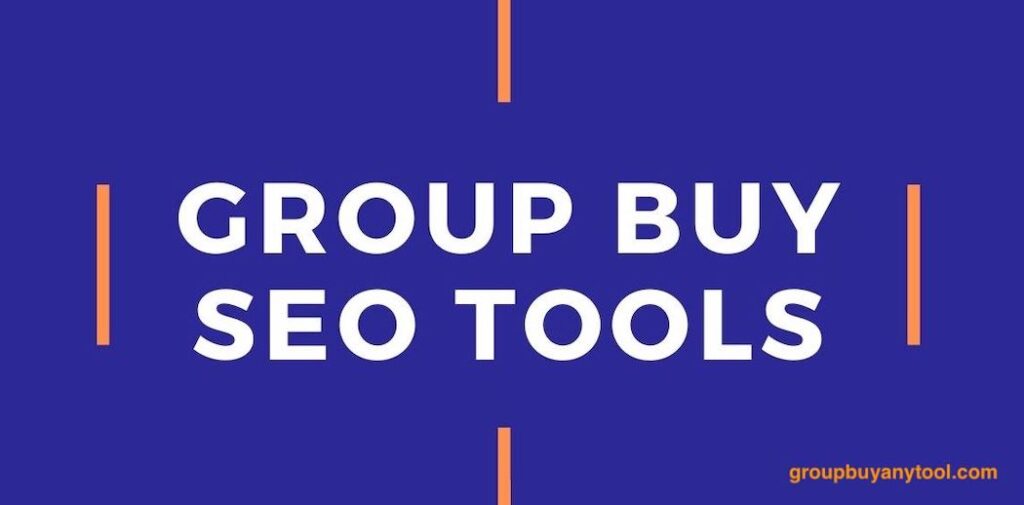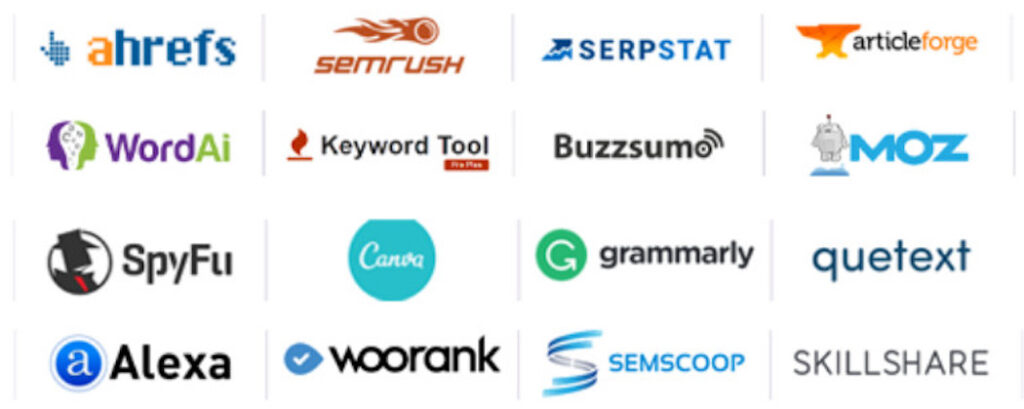On-page SEO is identified as action taken on a web page to optimize it for better rankings in search engines like Google, Bing, etc. On-page, SEO includes several factors including UI/UX, speed optimization, and site structure. It has evolved a lot over the years. There was a time when keyword stuffing was considered to be the second name of on-page SEO.
Keyword stuffing was meant to manipulate search engines and get better rankings. Over time search engines like Google have advanced their algorithms and focus on content and value provided to the person who is looking for some information. The very famous phrase “Content is King” has become true over time. Quality content is one of the most effective factors for search rankings.
There are two major types of SEO, on-page, and off-page. Today we are going to cover how you can better optimize your website for on-page SEO. As mentioned by the name on-page means the factors you optimize within your website to get better rankings in search results.
Factors of On-Page SEO
- Proper Title
- Proper URL
- Use of Headings
- Unique quality content
- Use of Images
- Using keywords in the content
- Internal and external linking
- Page load speed
On-page SEO Tools & Plugins
- Yoast SEO
- All in one SEO
- SEO Crawler
- Ahrefs Keyword Explorer
- Copyscape
- Screaming frog
- Google Pagespeed insight
- Moz on-page tool
Why on-page matters?
On-page SEO matters a lot when you want some real users for your website. The more users the more money you can make. Once you select a keyword to target you should then optimize your page for that keyword so that search engines like google can understand the value of your content and give you rank against the targeted keyword. The better the experience you provide to your visitor the more your web page will get authority.


